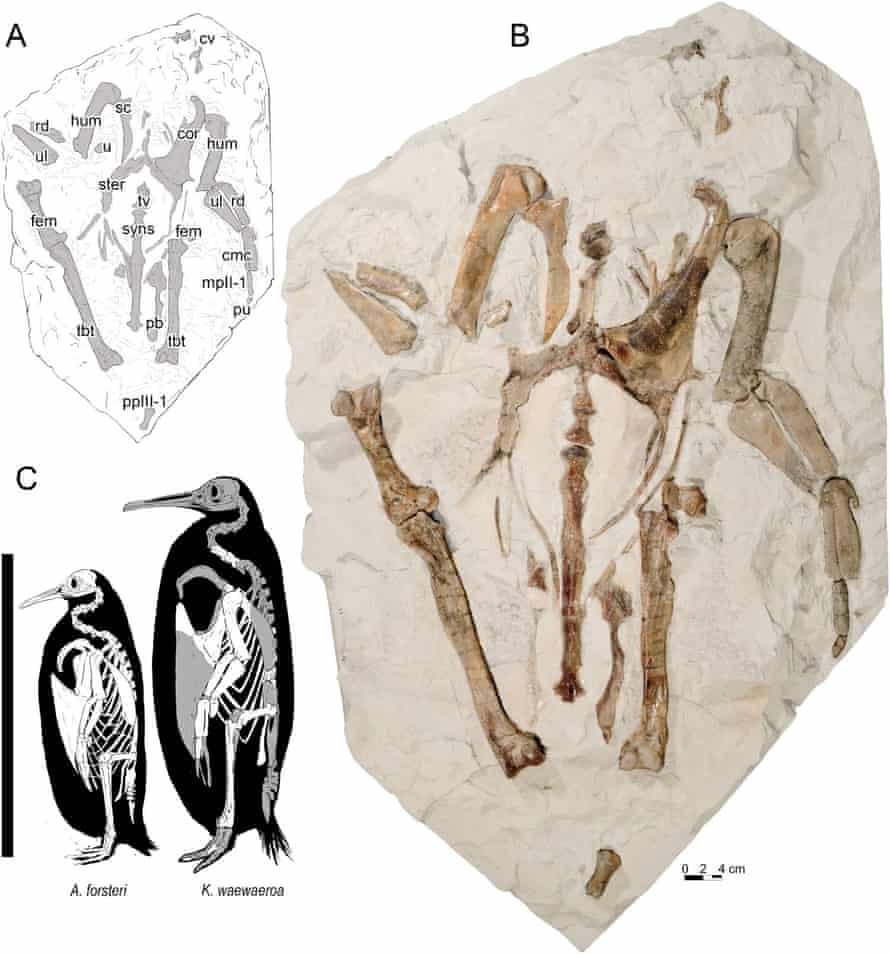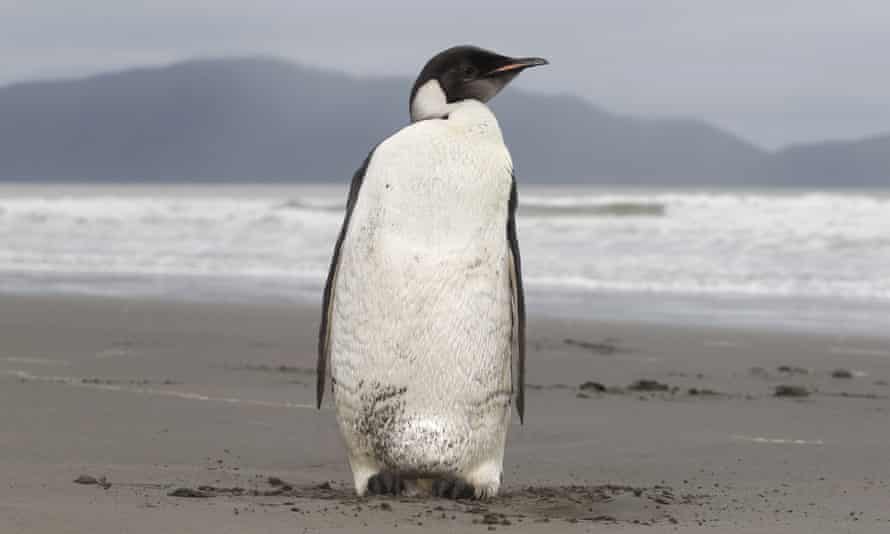For most veterans of the formal school system, field trips- wherever they might have been to- linger in the memory as a highlight of childhood years, breaking up as they do the daily doldrums of math and english lessons in the classroom and the many perils of socializing with classmates.
At a bare minimum, such a field trip meant a bus ride and a fun lunch, but for many, it could be that a science field trip to the zoo, or the aquarium, or the planetarium, would foster a life-long fondness for science that even blossomed into a personal calling.

But for a group of young students in New Zealand, a long-ago taken field trip left them with not merely memories of fun had or lessons learned, but indeed a legacy of actual scientific discovery- not that your discovery of Grape Squeeze-Its being delicious doesn’t have much rigorous academic merit!
It was in January 2006, not in school, but rather in summer camp (as New Zealand’s summer occurs during North America’s winter), that the field trip in question occurred. It was a group of campers from a camp in Waikato, New Zealand, specifically, who went on a fossil-hunting trip with a professional archaeologist.

They traveled via kayak to the upper Kawhia harbor, which is known for being dense with fossils and fossil-hunter, with hopes of finding perhaps garden-variety fossils of local shellfish and the like. And for most of the day, indeed no more than that transpired. But it was just prior to heading back that the group found the traces of fossils far more sophisticated than prehistoric crusteaceans. Upon its later extraction, the find proved to be the skeleton of an ancient giant penguin.
Though the find took place some fifteen years ago, it is only now that a completed study on it has made its way to being published. As seen in the Journal of Vertebrate Palaeontology, that study indicates that the find is the most complete such fossilized skeleton ever uncovered, and does much to fill long-glaring gaps in the timeline of natural history.

It was concluded by Daniel Thomas, a senior lecturer in zoology at Massey’s School of Natural and Computational Sciences, that the penguin found was between 27.3 and 34.6 years old, about 1.4 meters tall standing up, and dates back to a time when much of the region was under water. Scientists hope with such finds particularly to uncover reasons for the then-larger size of penguins and why ecosystems cannot support anything similar now.
As big as the discovery has been and could yet be for science, it is uniquely big for the children who originally helped make it and who now in adulthood can look back on it in the context of how their lives subsequently unfolded. Said Steffan Safey, who was a 13-year old camper at the time of the penguin fossil’s discovery, “It’s sort of surreal to know that a discovery we made as kids so many years ago is contributing to academia today. And it’s a new species even”.

And with the example set by Safey and his fellow campers, subsequent and future generations of children may go forth emboldened by the knowledge that they can make their mark on the world without even waiting until they take the place that’s held presently by adults.